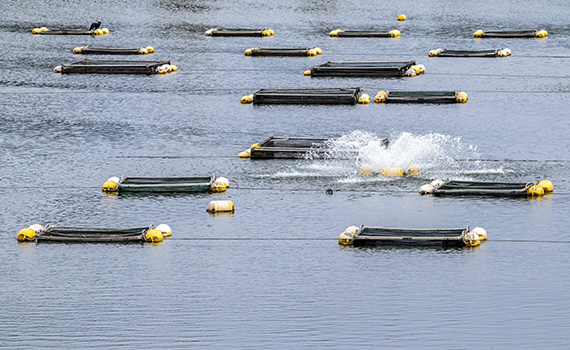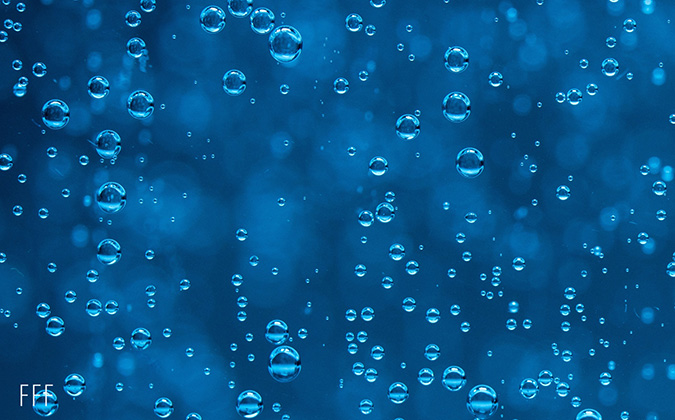
Changes needed to ensure Brazil’s aquaculture sector achieves potential
Brazilian aquaculture has considerable potential, but a more scientific approach is required to ensure a sustainable future, according to the authors of new analysis on the country’s sector, published in Aquaculture Reports.
Nile tilapia, tambaqui and Pacific white leg shrimp are the most commonly farmed species in Brazil, in a sector dominated by small farms, often run as a secondary activity or dependent on subsidy. Most production of fish and crustaceans is done by intensively fed monoculture (IFM), the scientists explained – an approach which increases the risk of disease.
Inadequate options for pathogen control
Annual losses due to disease and parasites in Brazilian freshwater fish aquaculture alone were estimated to be US$84 million in one study, the researchers noted.
“Current regulations and practices are insufficient to guarantee biosecurity and quality products, such as seeds, processed or live fish and shrimp. Disease diagnosis is often ineffective, leading to inadequate treatment with antibiotics and other drugs that can pose risks to consumers and the environment,” they explained.
Other difficulties highlighted in the study included inaccessible diagnostic laboratory services due to prohibitive distance and cost, an insufficient official list of drugs for application in aquaculture, and the fact that prophylactic use of antibiotics is not prohibited. A further health risk to farmed fish comes in the form of chemical contamination of spring waters, the scientists continued.
The impact on productivity can be clearly seen, they explained. Production of Pacific white leg shrimp peaked in 2003, with a subsequent decline in production attributed to factors including outbreaks of the viral diseases infectious myonecrosis and white spot syndrome.
Ornamental fish farming hampered
As well as the edible fish and crustacean production, the scientists highlighted the large ornamental freshwater fish farming industry centered in the country’s Southeast, with millions of specimens from more than a 100 species traded each year on the domestic market. Here too, though, potential is limited by issues related to the health of farmed animals.
“The lack of vaccines, methods for rapid disease diagnosis and treatment, and diets containing medicines are the main constraints to produce, transport and trade ornamental aquatic fish. A specific government regulatory system and traceability and certification schemes are also needed to boost the ornamental fish farming industry in Brazil,” the authors suggested.
Simple steps towards technological future
Looking towards the future, the authors suggested that aquaculture in Brazil could benefit from taking up some of the technological developments of what is known as “Aquaculture 4.0,” including collecting data from permanent rather than manual sensors and the use of artificial intelligence to improve decision-making. But standardizing processes and improved record-keeping are the simple, first steps towards these technological solutions, they stressed.
“The challenge is to develop innovative and environmentally, socially and financially balanced systems that optimize production efficiency through cutting-edge technological innovations, distribute wealth evenly, and maintain the healthy functioning of coastal and inland ecosystems. Integrated culture systems, more efficient use of processing residues, and combining aquaculture with agriculture or eco-tourism initiatives may be possible paths,” the authors concluded.
“In short, the challenge for Brazilian aquaculture is to develop truly sustainable production systems to maintain a perennial and profitable industry. The future will depend on the ability of scientists, farmers and government officials to work together with these challenges in mind.”
To read the full article, published in the journal Aquaculture Reports, click here.
Posted on: August 04, 2021






